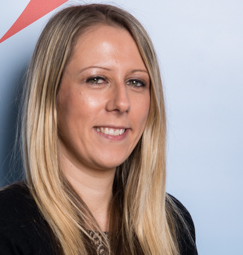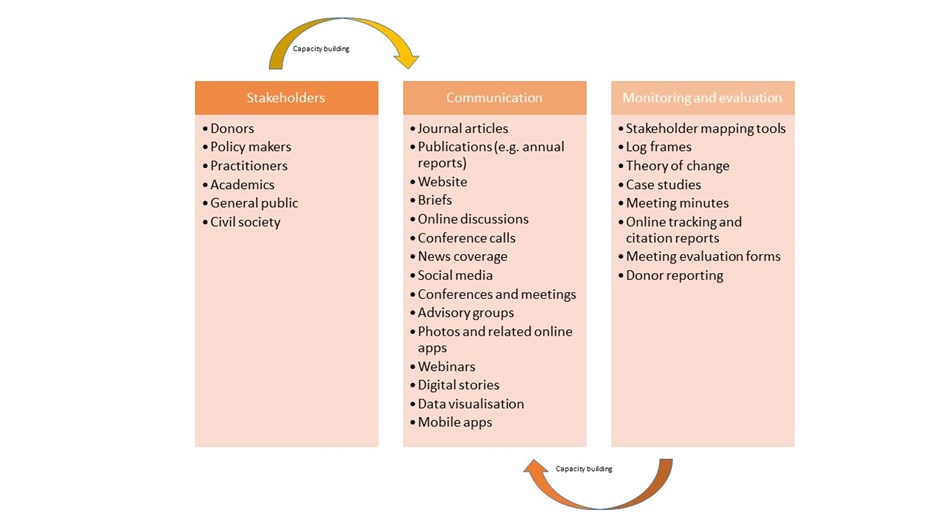
By Faye Moody
It was fantastic to have the opportunity to go to the ResUpMeetUp Conference in Nairobi. It was a busy week but a great opportunity to discuss research uptake with others from a wide variety of backgrounds. Communications and research uptake has been a part of my role working on multiple research projects at Liverpool School of Tropical Medicine. I have a particular interest in online communication and the part it plays in getting research into policy and practice.
It was clear that it is very important to create a research uptake strategy at the very start of the project and adapt as necessary as the project progresses. Beyond this there are four main areas that came through strongly at the meeting.
1. Repackage for different audiences
At ResUpMeetUp there was a lot of discussion about how different stakeholders and audiences require research to be repackaged in different ways and that communication and engagement methods will vary dependant on the project’s context and objectives. At the meeting there was plenty of discussion about policy makers and how they have their own agenda to follow and so technical reports and journal publications are unlikely to attract attention without a clear link to what stakeholders or policymakers are trying to achieve. As secretary to the Health Systems Global Community Health Worker Thematic Working Group I can see how multi-stakeholder platforms that bring together experts in the field are an effective channel of communication to disseminate research directly to key stakeholders who then can circulate to their wider networks. But they also allow discussion on how people like to receive information and the types of formats that work best.
2. The role of social media
Sharing new publications, briefs, press releases, and blogs through social media networks like Twitter, Facebook or LinkedIn is something all researchers and project administrators or managers can easily do to increase an online following of the research. This can create a bigger impact which can all be tracked over the internet through the various performance metrics that these platforms capture. In addition to this there are many innovative tools to communicate research in different ways such as data visualisation tools to make it easier to see the data findings. Digital stories can also be put together just using a tablet.
3. Building capacity
Research uptake is not just about the supply of knowledge, it is also about demand. At ResUpMeetUp we talked a lot about building the capacity of stakeholders/policy makers to help them understand how to use research. This can also be done in many innovative ways such as mobile apps, online videos, webinars, workshops etc. Monitoring and evaluation tools can then be used to understand the impact of the research.
4. Continuous learning
Research uptake is a continuous cycle of stakeholder engagement using various communication methods and tools; with continuous monitoring and evaluation, building capacity where necessary by engaging with stakeholders using various communication tools and methods. This is important as we need to learn as we take this work forward. I created the diagram blow as a reminder of how all of these elements fit together.

I’m looking forward to putting some of this learning into action as we move forward with the REACHOUT project.
Recent news
- Gender Equity Analysis: A necessary prerequisite for addressing gender related outcomes, 24 March 2015
- Kenya and Sierra Leone: A wake up call in light of Ebola, 14 March 2015
- International Women’s Day 2015: Celebrating women’s role in the promotion of primary healthcare in Ethiopia, 8 March 2015

This project is funded by the European Union.
